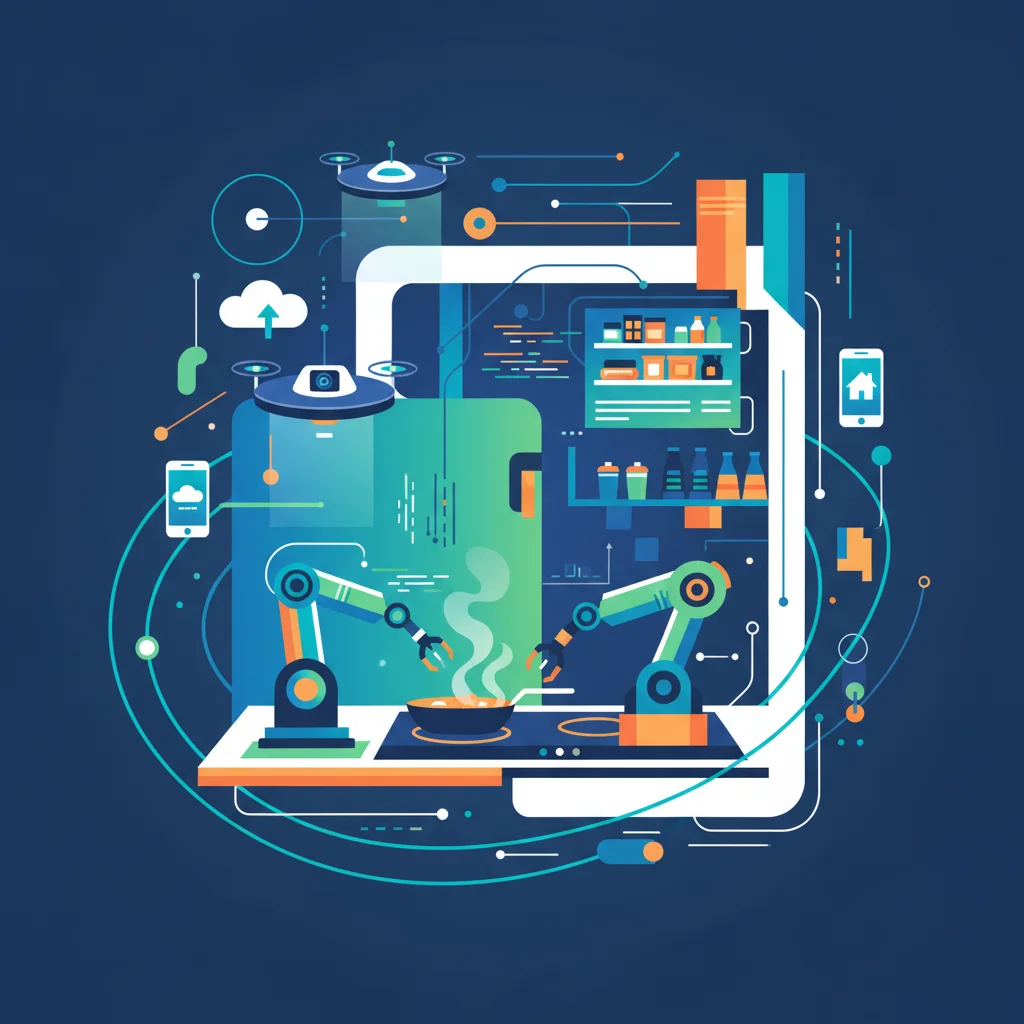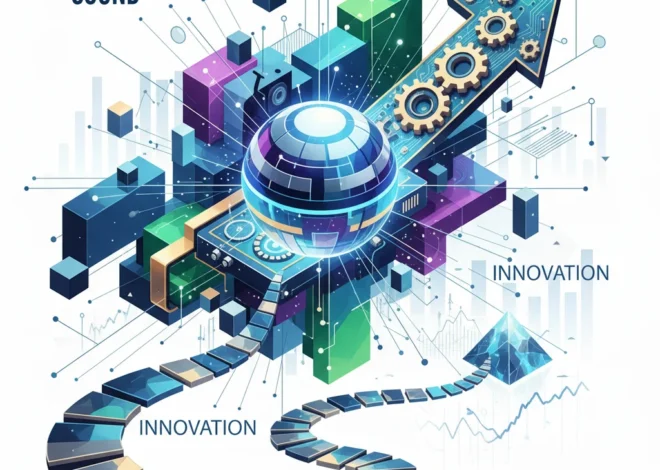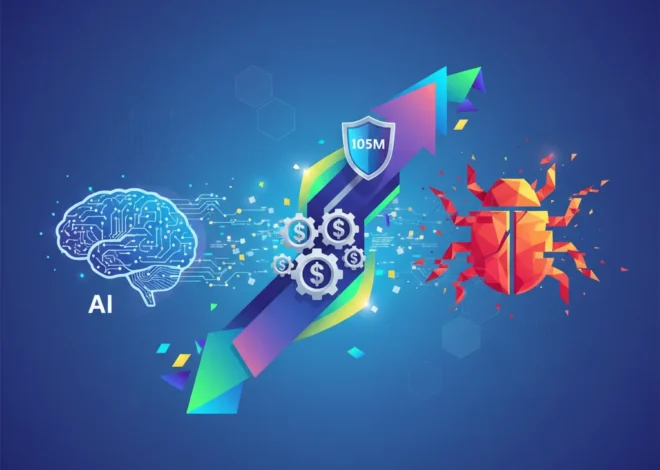
The AI in Your Kitchen: How Software and Automation Are Redefining Home Life
Imagine coming home after a long day, not to the chore of cooking, but to a gourmet meal prepared for you by a robotic chef. Or, while on vacation, being able to send a small, autonomous drone to check if you really did turn off the stove. This isn’t a scene from a sci-fi movie; it’s the reality being built today by innovative startups and tech giants. The smart home is evolving beyond simple voice commands and connected lightbulbs. The next frontier is physical automation, powered by sophisticated artificial intelligence, intricate software, and the limitless potential of the cloud.
A recent article from the Financial Times highlighted several groundbreaking devices that are souping up our homes. But these gadgets are more than just impressive hardware. They represent a fundamental shift in how we interact with our living spaces, turning them into programmable, intelligent environments. For developers, entrepreneurs, and tech professionals, this shift signals a massive wave of opportunity—not just in building the machines, but in creating the code, the platforms, and the ecosystems that bring them to life.
Let’s dissect the technology behind this home revolution and explore what it means for the future of automation and innovation.
The Robotic Chef: A Platform Disguised as an Appliance
The dream of a robot that can cook is as old as robotics itself. Today, companies are turning that dream into a high-end reality. The most ambitious example is the Soley, a creation by UK startup Moley Robotics. This isn’t just a food processor; it’s a full-blown robotic system with two articulated arms that can chop, stir, and plate food with human-like dexterity. It learns by recording the actions of human chefs, a fascinating application of machine learning known as imitation learning. The price tag, a hefty £150,000, places it firmly in the luxury market for now, but the underlying technology is what’s truly significant.
On the more (relatively) accessible end of the spectrum is the Thermomix TM6. While not a “robot” in the traditional sense, it’s a powerhouse of kitchen automation. This device can perform over 20 different cooking functions, guided by a subscription-based recipe platform called Cookidoo. This is where the business model gets interesting. The hardware is the entry point, but the long-term value lies in the SaaS (Software as a Service) model of the recipe platform. Users pay for access to a constantly updated, cloud-based library of thousands of recipes, turning a one-time purchase into a recurring revenue stream.
Here’s a quick comparison of these two approaches to kitchen automation:
| Feature | Moley Robotics’ Soley | Thermomix TM6 |
|---|---|---|
| Concept | Full Automation (Robotic arms cook for you) | Guided Cooking (Multi-function appliance assists you) |
| Underlying Tech | Robotics, Computer Vision, AI/Machine Learning (Imitation Learning) | IoT, Embedded Software, Cloud-based SaaS Platform (Cookidoo) |
| Business Model | High-end hardware sale | Hardware sale + Recurring SaaS subscription |
| Target User | Ultra-wealthy early adopters, luxury developers | Enthusiast home cooks, tech-savvy families |
| Key Opportunity | Pushing the boundaries of physical AI and robotics | Building a scalable content and service ecosystem around hardware |
For developers and entrepreneurs, the takeaway is clear: the value is shifting from the physical device to the software and services that power it. The Soley’s potential isn’t just in its arms, but in a future open marketplace where chefs can upload and sell their “cooking programs.” The Thermomix’s success is inextricably linked to the quality and breadth of its cloud-based recipe library. This is the new paradigm of smart hardware.
Beyond the Zap: How the Taser Company is Building the AI-Powered Future of Policing
The real question for a startup isn’t “How do I build a cheaper robot chef?” but rather “What software-driven problem can I solve within this emerging ecosystem?” Maybe it’s a universal recipe programming language, a machine-vision-based quality control module for robotic cooking, or a platform for remote diagnostics and maintenance. The hardware will inevitably get cheaper and better, but the software, the platform, and the data will be where the enduring value is created. This is the playbook for the next generation of smart home innovation.
Securing the Home: Automation, Privacy, and Cybersecurity
As our homes become more automated, the stakes for security and privacy become exponentially higher. Two products mentioned in the FT piece tackle this challenge head-on, showcasing how clever software and thoughtful design can build trust.
First is the Ring Always Home Cam. At its core, it’s a small, autonomous drone designed for indoor security. The concept of a flying camera inside your home is, frankly, a bit unsettling for many. Amazon’s Ring division, however, has made a brilliant design choice to address this. The camera is physically obscured when the drone is in its charging dock. It only begins recording when it takes off to fly a pre-programmed path. This is a powerful statement: privacy is the default. This isn’t just a feature; it’s a trust-building mechanism implemented through a combination of hardware and programming. The device uses sophisticated algorithms for navigation and obstacle avoidance, another area where AI plays a crucial role.
Next is the Nuki Smart Lock 3.0 Pro. Smart locks are a prime example of the convenience-vs-security trade-off. Nuki addresses this by designing a lock that fits over your existing key and lock mechanism, making installation non-destructive. It offers features like auto-unlock via your phone’s GPS and remote access through a built-in WiFi module. The security of such a device is paramount. It relies on end-to-end encryption and robust authentication protocols—a critical challenge in cybersecurity for the Internet of Things (IoT). A single vulnerability in the device’s firmware or the supporting cloud infrastructure could have serious real-world consequences. This underscores the immense responsibility on developers working in the IoT space.
For tech professionals, these devices are case studies in user-centric design and security architecture. The flying drone’s success hinges on its ability to guarantee privacy, while the smart lock’s adoption depends entirely on its ability to prove its cybersecurity resilience. According to the FT article, Nuki’s lock can even “detect when you are approaching your front door and unlock it automatically,” a feature powered by a complex interplay of GPS, Bluetooth, and intelligent software algorithms (source).
Blackstone's Billion-Dollar AI Warning: Is Wall Street Asleep at the Wheel?
The Unseen Engine: The Software Stack That Runs Your Home
Whether it’s a robot stirring a risotto or a drone patrolling a hallway, the visible hardware is just the tip of the iceberg. The real magic, and the real complexity, lies in the unseen software stack that powers these experiences. This stack is a multi-layered architecture of AI, cloud computing, and sophisticated programming.
- The Edge Layer: This is the software running on the device itself (the firmware). It handles real-time operations, like the drone’s collision avoidance or the smart lock’s encryption/decryption. This requires efficient, secure, and robust code, often written in languages like C++ or Rust.
- The Connectivity Layer: This is how the device talks to the outside world, using protocols like WiFi, Bluetooth, and MQTT. Ensuring this communication is secure and reliable is a primary challenge in cybersecurity.
- The Cloud Layer: This is the central brain. For the Thermomix, it’s the Cookidoo platform hosting recipes. For Ring, it’s the AWS cloud infrastructure that stores video footage and manages user accounts. This layer is where SaaS models live and where massive amounts of data are processed, often using machine learning models to provide smarter features.
- The Application Layer: This is the user-facing mobile or web app. It’s the control panel for the entire system, where users set the drone’s flight path, download a new recipe, or grant temporary access with the smart lock.
This entire stack represents a universe of opportunity for startups and developers. The future of the smart home won’t be won by a single company that builds everything. It will be built by a thriving ecosystem of companies specializing in different layers of this stack—from AI-powered navigation modules to ultra-secure IoT cloud platforms.
From Teenage Dream to 0M Reality: How CoMind's AI is Unlocking the Secrets of the Brain
Conclusion: The Future of Home is Programmable
The gadgets transforming our homes are far more than just convenient novelties. They are the physical embodiment of decades of progress in software, AI, and network engineering. They demonstrate that the next phase of the digital revolution is about bridging the gap between the digital and physical worlds through intelligent automation.
For the average person, this means a future where our homes actively assist us, anticipate our needs, and keep us safe. For the tech community, it represents a call to action. The demand for skilled professionals who can build secure IoT devices, develop intelligent machine learning algorithms, and architect scalable cloud platforms has never been higher. The biggest opportunities will go to those who understand that the smartest home isn’t the one with the most gadgets, but the one with the most intelligent, integrated, and secure software running behind the scenes. The home of the future isn’t just smart; it’s fully programmable.


